| Plant or Facility projects are demanding and require enormous volumes of detailed information from various information sources, information structures from different stakeholders, and in most cases also different companies. This blog post is an attempt to describe the different information structures and how they tie into each other on a high level. I would be very happy if you could comment, state your views, and maybe help me complement the picture |
Information structures throughout a plant project:
The project execution structure or WBS (Work Breakdown Structure) is key to plan, staff, execute and measure the progress of the project. It is usually developed in a solution like Primavera or Safran.
The project execution structure or WBS (Work Breakdown Structure) is key to plan, staff, execute and measure the progress of the project. It is usually developed in a solution like Primavera or Safran.
| The functional structure or tag structure represents the functional decomposition of the multi discipline plant design which includes design from process engineering, mechanical, piping material & installation, electrical, instrumentation and civil. The information from these disciplines are usually 2D process flow diagrams (PFD), piping and instrumentation diagrams (P&ID), general arrangement drawings (GA), ducting and instrumentation diagrams(D&ID), material lists etc. In addition there is usually a more or less multi discipline 3D model of the plant as well. All of this information needs to be consolidated and monitored against the project execution plan (WBS) Information in the functional structure is usually classified according to some kind of standard to better aid consolidation of data and interoperability between disciplines and/or companies in the supply chain The location structure represents the physical location (where stuff is supposed to be installed). This structure is typically an area structure divided in areas and zones, or buildings, floors and rooms. By separating the functional location structure (tag structure) and the location structure it becomes possible to trace the tag for a cable that spans multiple locations like multiple floors, rooms or areas. The more civil & structural or conventional facilities there are in a project, the more important this structure becomes as they to a lesser degree have tag information in their deliverables to the project but a lot of location centric information. Already now the number of information structures and their interaction becomes quite complex, and we’ve still only covered plant engineering and execution. As the plant design is starting to mature, discussions are started with equipment vendors and service providers who can supply equipment that fulfills the requirements stated in the plant design (functional structure). This can be pure off the shelf products or engineer to order (ETO) products. What they all have in common is a product design or engineering bill of material (which is far more detailed than both the EPC and ultimately the operator is interested in, but vital to the product development). Right now there is a debate regarding how much project specific information is really needed (in Norway), as even off the shelf products need to be documented quite rigorously for each delivery (tag) to a project. This has led to an explosion in cost. Based on the product design, a commercial structure or Sales BOM is devised from the product manufacturer. This structure includes what needs to be procured and how the company intends to sell the product in question. If it is an off the shelf product this structure is along with the engineering bill of material quite generic, but if it is an engineer to order product they are quite specifically tailored to each project delivery. The result of a product sales in a project will from the product manufacturer mean that a more or less structured Supply BOM is created. This information structure captures how the product is intended to be supplied. This includes whether it should be assembled in the product manufacturers workshop and then shipped to site, or if the product needs to be shipped in crates and assembled at the site itself The warehouse structure or system at the project site must be populated with information from the product suppliers regarding what product deliveries are scheduled for installation, and what products are going into the warehouse as spares. The physical devises with serial numbers are recorded (usually in a MRO system) and “mated” with the tag or functional location they are supposed to fulfill in the plant. The physical delivery for the product to be installed includes supplier documentation, product documentation, spare parts lists and certificates. The relationships between functional structure (tag) and physical structure (serial numbers) constitutes the basis for installation and commissioning procedures. Each product delivery (serial number) undergoes mechanical completion tests to make sure it fulfills the requirements set by the tag requirements. As the plant is more and more finished, subsystems are tested and undergoes commissioning procedures, then bigger and bigger systems until hot commissioning is performed on the entire plant. All the information represented by the functional structure and the physical structure in the end represents the documentation for operation (DFO), and is the basis from which the operator can operate and maintain the plant in a regulatory compliant and safe manner. Now this all looks very sequential and nice, but the reality is that information needs to flow back and forth between operator, EPC and product companies all the way from early design through installation, commissioning and ultimately operations & maintenance. So how can all this information be consolidated, managed and distributet to the various stakeholders in a plant project at the right time and with the right quality? Some points to ponder Bjorn Fidjeland The header image used in this post is by Nostal6ie and purchased at dreamstime.com |

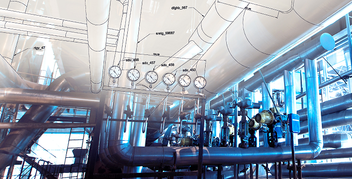
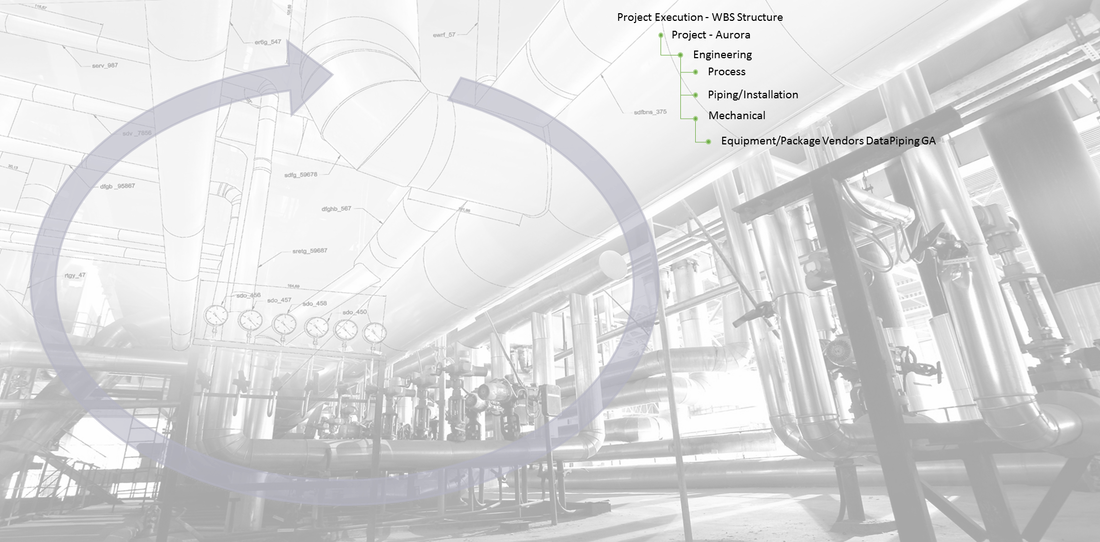
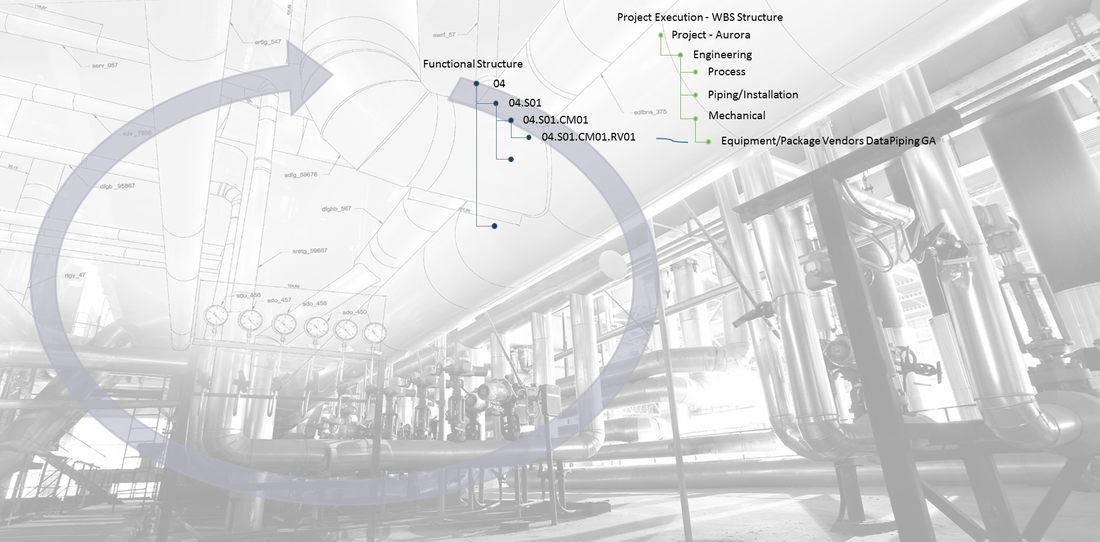
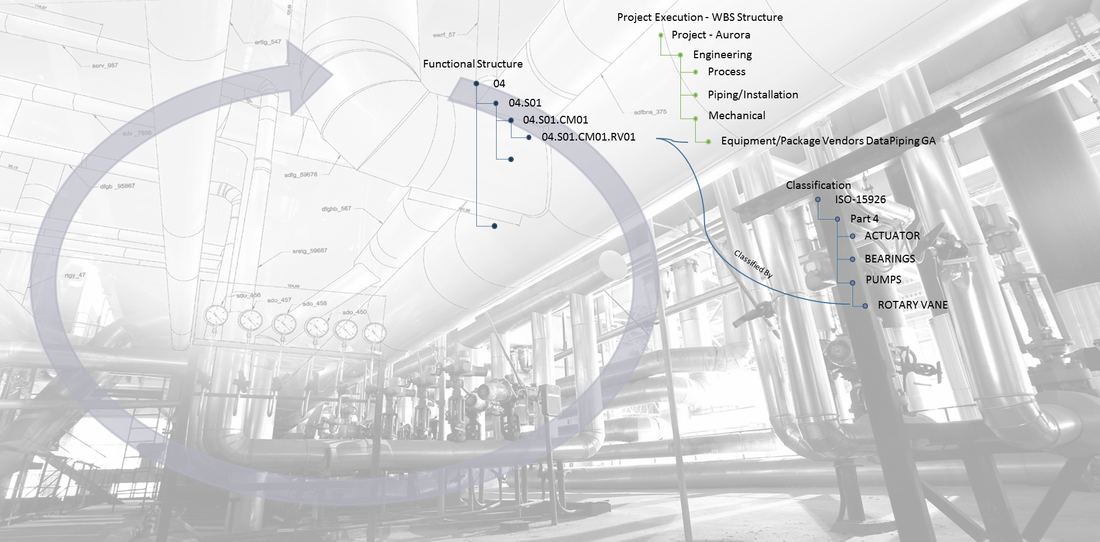
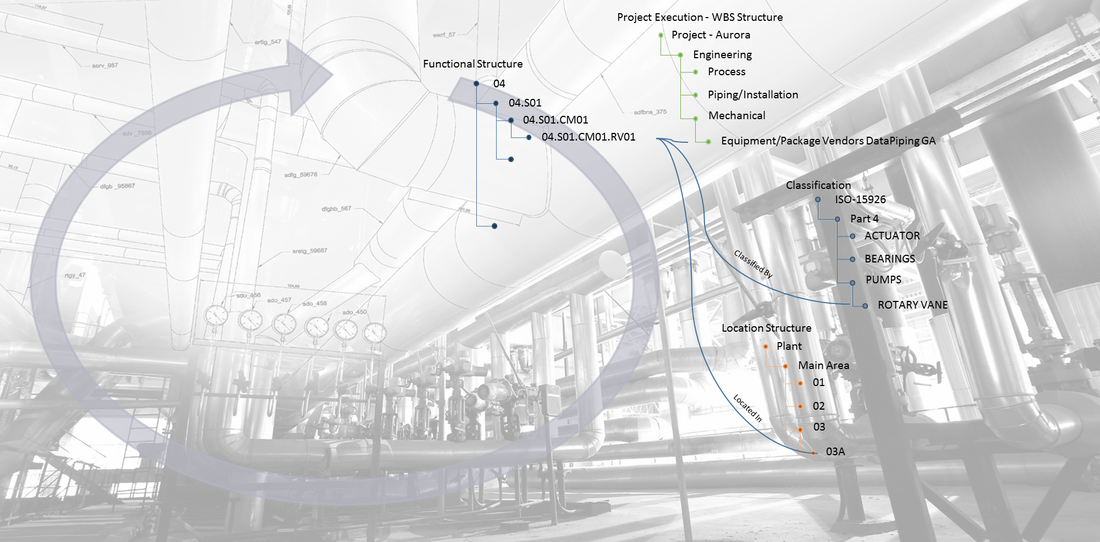
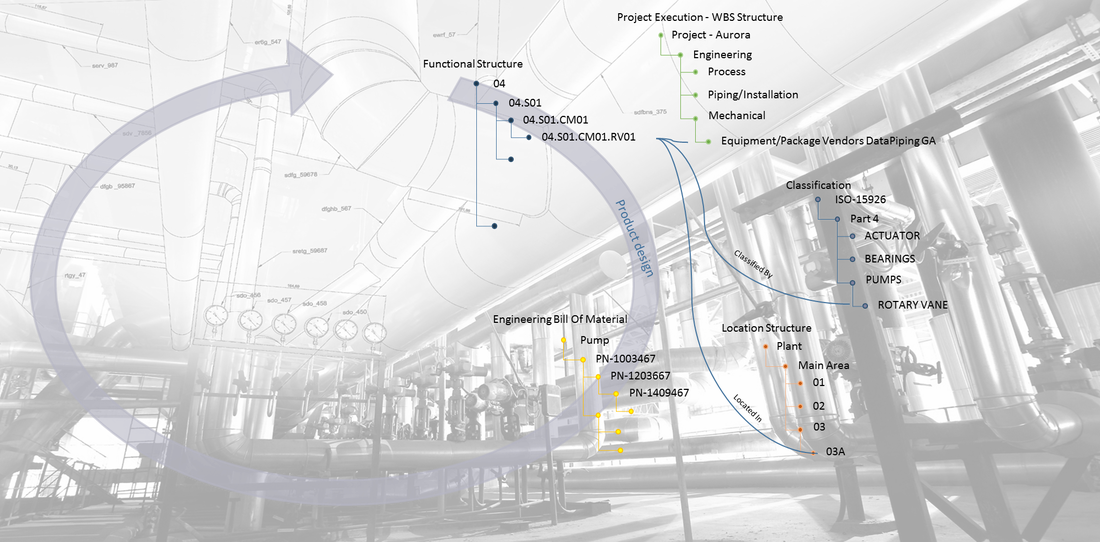
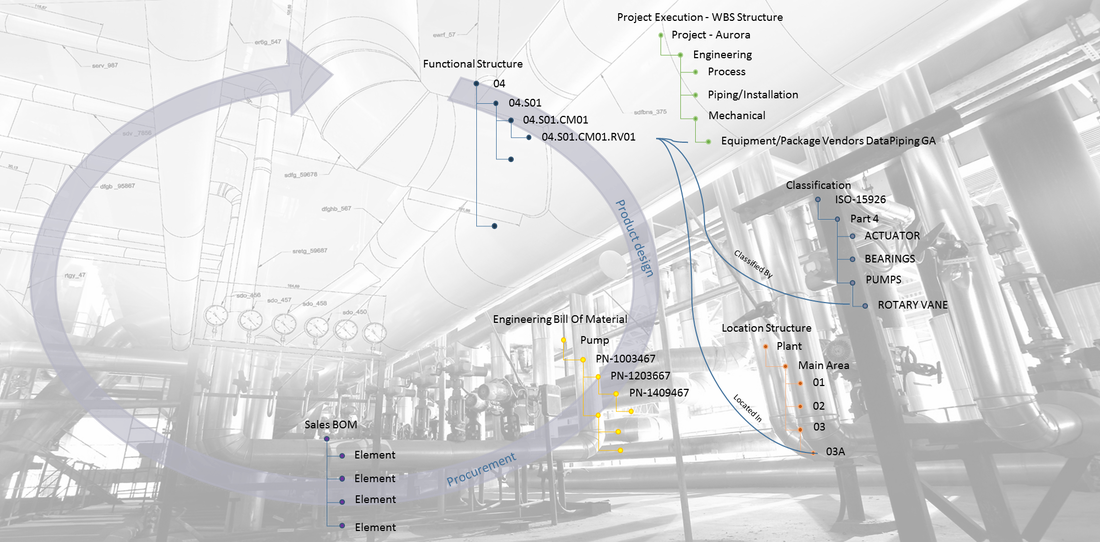
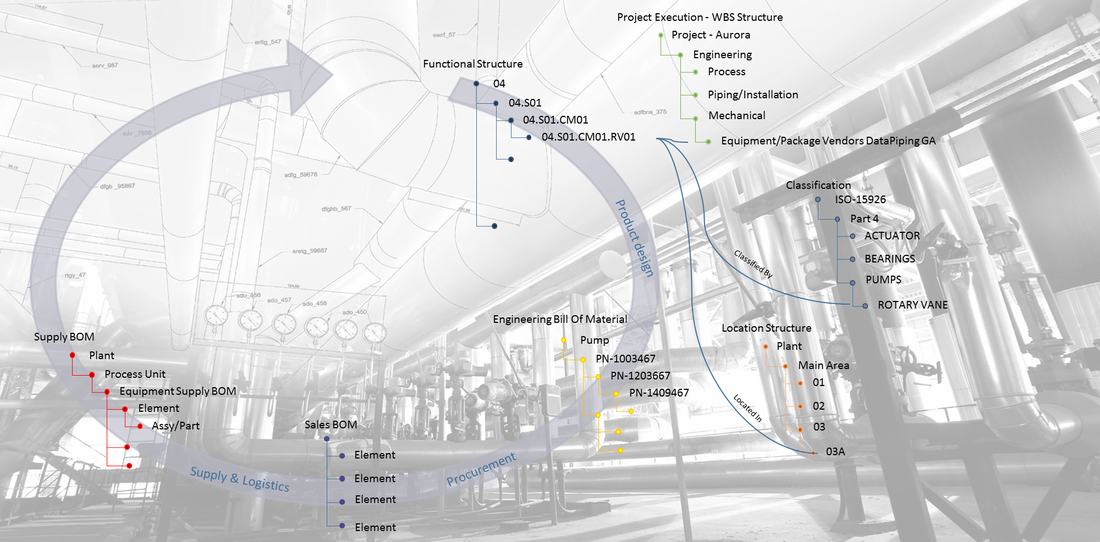
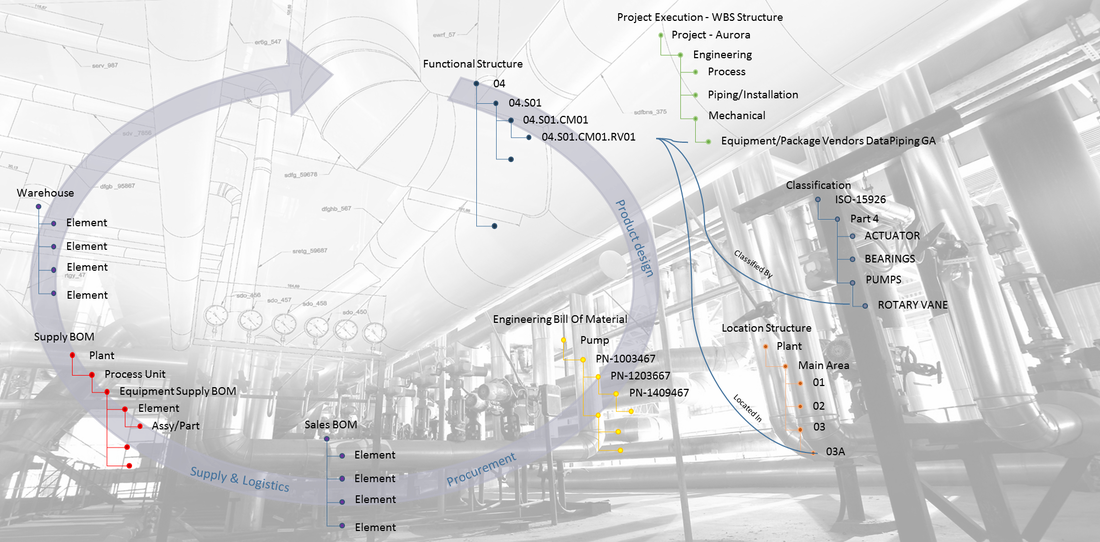
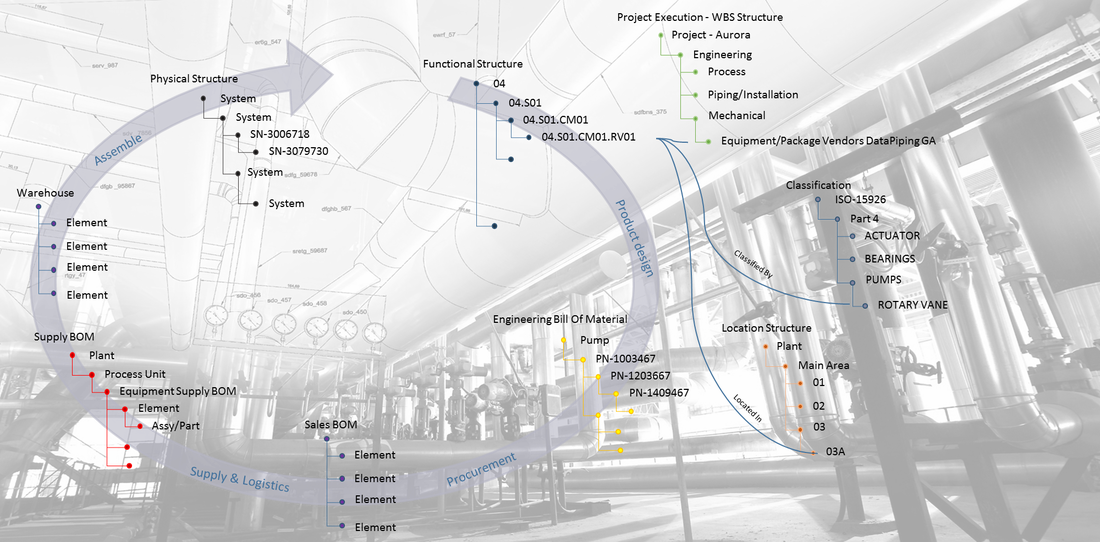
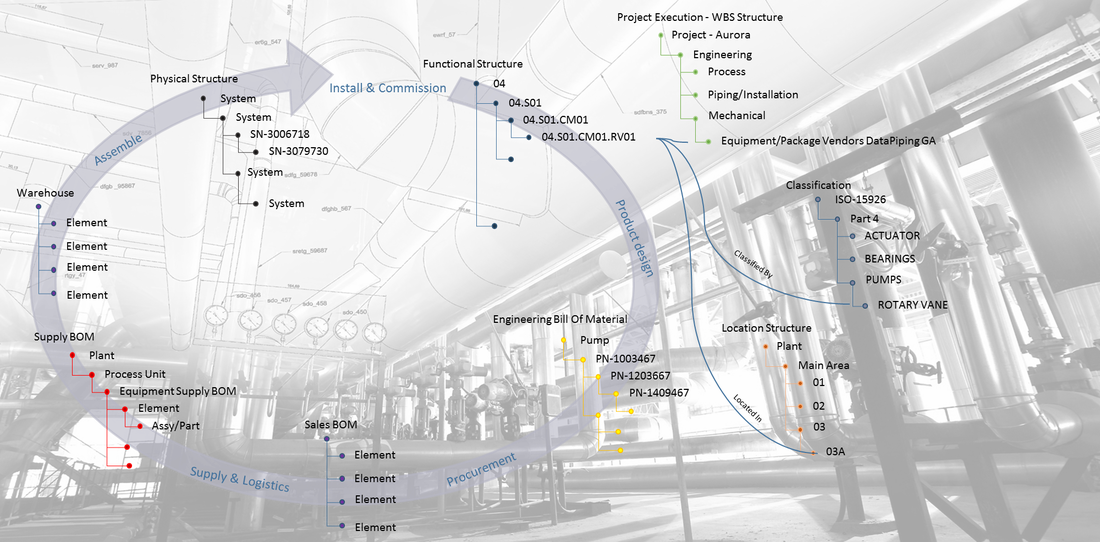
 RSS Feed
RSS Feed
